Introduction
How Will identifying excavator bucket teeth Be In The Future.Knowing the various types of excavator bucket teeth can make all the difference when it comes to your worksite projects. Identifying them correctly is essential for efficient operation and minimizing downtime. But as technology advances, so do the ways we identify bucket teeth. In this blog post, we’ll explore how identifying excavator bucket teeth is changing and how this shift will affect the industry in the future. We’ll look at current technologies involved and what new developments are being explored, so you can stay up-to-date with the latest advances in excavator bucket tooth identification.
What are excavator bucket teeth?

Bucket teeth are the cutting edges that protrude from the bucket at the bottom of the excavator. They are used to cut through and loosen up material so that it can be scooped up and moved. Bucket teeth come in different shapes and sizes, depending on the type of excavator and the type of job it is being used for. There are also different types of bucket teeth for different materials, such as concrete, asphalt, or dirt.
Excavator buckets have teeth on them so they can dig into soil and other materials to loosen them up so they can be scooped up. The teeth are usually made out of metal, but they can also be made out of other materials like tungsten carbide.
The shape of the bucket teeth is important because it affects how well they can dig into material and how much force is required to do so. The size of the bucket teeth is also important because it needs to be able to fit into the mouth of the excavator without being too big or too small.
How will identifying them be important in the future?

As the world progresses, so does the need for more efficient and accurate machines. In order to keep up with the demands of the future, it is important to be able to identify excavator bucket teeth. This way, you will be able to know when your machine needs new teeth and you can get them replaced quickly and easily. Additionally, by being able to identify excavator bucket teeth, you will also be able to tell if they are damaged and need to be replaced. This is important because damaged excavator bucket teeth can cause your machine to break down and not work properly.
What are the benefits of identifying excavator bucket teeth?

There are many benefits of identifying excavator bucket teeth. By doing so, you will be able to better understand the function of each tooth and how it works to help you complete your desired task. In addition, by knowing which teeth are which, you can easily replace them when they become worn down or damaged. This can save you a lot of time and money in the long run.
How to identify excavator bucket teeth?
As excavator bucket teeth become more worn, they will need to be replaced. Here are some tips on how to identify when excavator bucket teeth need to be replaced:
-The teeth will become less sharp and pointy over time
-The edges of the teeth will become rounded
-The metal of the teeth will thin and wear down
-The teeth may break or crack
Conclusion
In conclusion, identifying excavator bucket teeth will be an increasingly important task in the future. With advances in technology and increasing demand for work efficiency, it is likely that new technologies and methods of identification will be developed to identify these components quickly and accurately. As such, understanding the current methods of identification used today as well as keeping up to date with any emerging technologies or advancements can help ensure that you are able to efficiently identify excavator bucket teeth into the future.
FAQ
Q: What advancements are expected in the technology for identifying excavator bucket teeth in the future?
A: Future advancements may include the integration of RFID (Radio-Frequency Identification) tags, IoT (Internet of Things) sensors, and advanced wear detection systems that provide real-time monitoring and identification of bucket teeth conditions.
Q: How will RFID technology improve the identification of excavator bucket teeth?
A: RFID technology will allow for quick and accurate identification of bucket teeth by embedding tags that can be scanned to provide information about the tooth’s specifications, usage history, and wear status.
Q: What role will IoT sensors play in the future of excavator bucket teeth identification?
A: IoT sensors will enable continuous monitoring of bucket teeth, providing real-time data on wear and tear, usage patterns, and potential failures. This information can help in proactive maintenance and replacement, improving efficiency and reducing downtime.
Q: How will the use of data analytics change the maintenance of excavator bucket teeth?
A: Data analytics will analyze information collected from sensors and RFID tags to predict wear patterns, optimize replacement schedules, and enhance the overall maintenance strategy. This predictive maintenance approach will increase the lifespan of bucket teeth and reduce unexpected failures.
Q: Will there be improvements in the materials used for excavator bucket teeth?
A: Yes, advancements in materials science are expected to lead to the development of more durable and wear-resistant materials for bucket teeth, which will be identified and tracked using new technologies to ensure optimal performance and longevity.


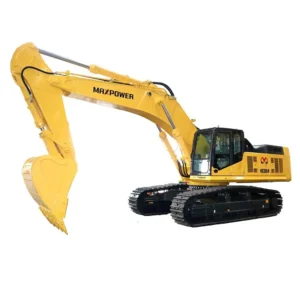

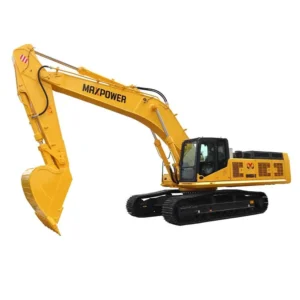
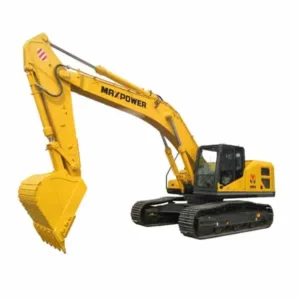
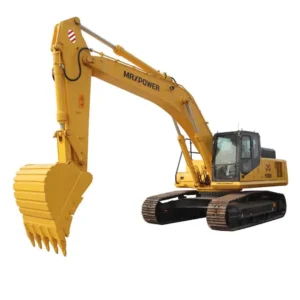
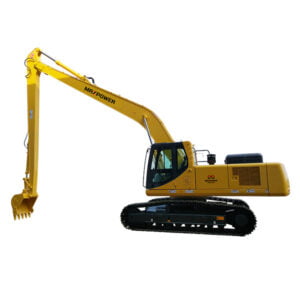
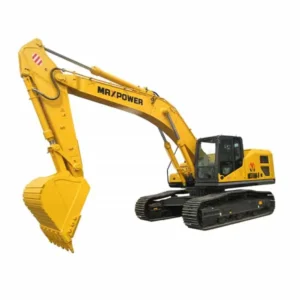






-150x150.webp)
